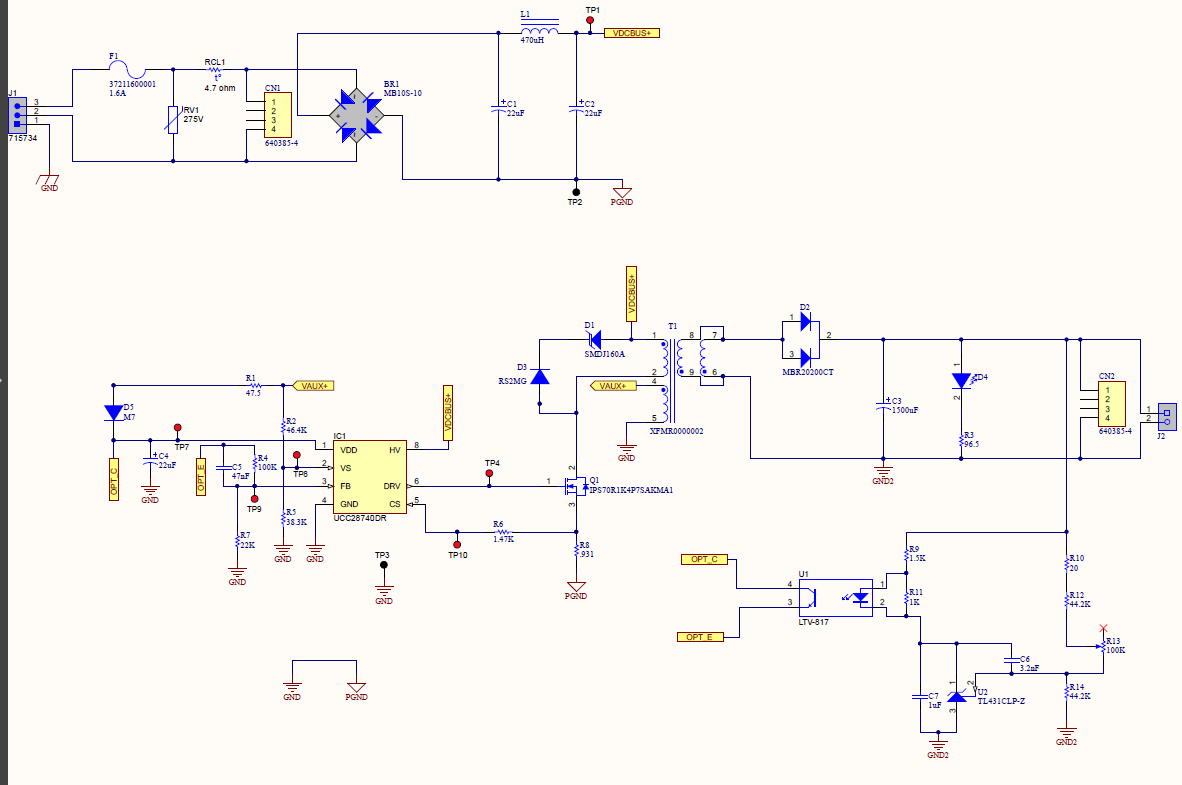Hello, i have the circuit assembled like the attached image.
testing the PCB assembled the circuit performs the charging of the Cvdd capacitor up to 21v but measuring with the oscilloscope the IC does not sends the
initial 3 pulses specified in the datasheet.
Do you know what could be wrong?
Thank you.


